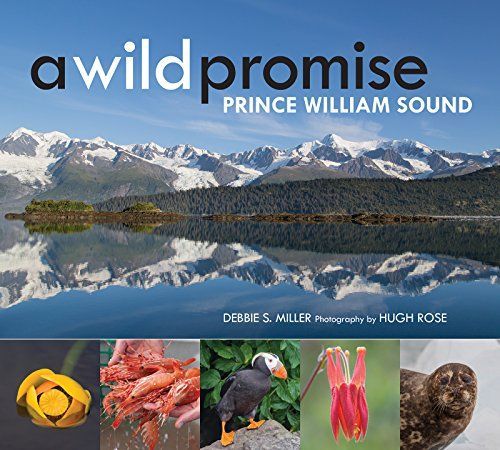
A Wild Promise Prince William Sound
2018 Foreword INDIES Book of the Year Awards Finalist in Nature The 2.1 million acres (equivalent to Yellowstone National Park) of the wilderness study area are coming under increasing threat by resource development Essays of personal explorations of the region by an award-winning writer are accompanied by dramatic images from an award-winning photographer The wilderness study area is home to the largest concentration of tidewater glaciers in America and hosts a vast diversity of terrestrial and aquatic mammals, birds, and fish It's been said that "a picture is worth a thousand words," and nowhere is that more true than on the pages ofA Wild Promise: Prince William Sound. The images of photographer Hugh Rose show you what this region holds--and what will be lost without protection from future resource development. Alongside Hugh's images are eloquent essays covering the natural and cultural history, people, and fragility of this region by noted Alaskan writer Debbie Miller. Alaska's famed Prince William Sound includes more than 3,000 shore land miles of bays, coves, and deep fjords topped by the ice-capped peaks of the Chugach Mountains. More than 1 million tourists visit the region annually, and small family-owned fishing boats, ecotourism, oyster farms, and guide services provide sustainable livelihoods for year-round Alaskan residents. Many Americans first came to know of Prince William Sound through the Exxon Valdez oil spill of 1989--a catastrophe with lingering long-term effects, such the collapse of the once abundant herring population, a critical fish in the marine food chain. InA Wild Promise, readers travel alongside Hugh and Debbie as they hike and kayak from Columbia Glacier to College Fiord, exploring the Nellie Juan-College Fjord Wilderness Study Area, a region set aside for study in 1980, to be followed--it was hoped--by permanent protection from Congress. After almost four decades of being in limbo as a designated wilderness study area, the fate of this spectacular, wild place is now in our hands. Its protection is a gift we can offer generations to come--a promiseof wilderness, beauty, and natural diversity that we can, indeed, keep.